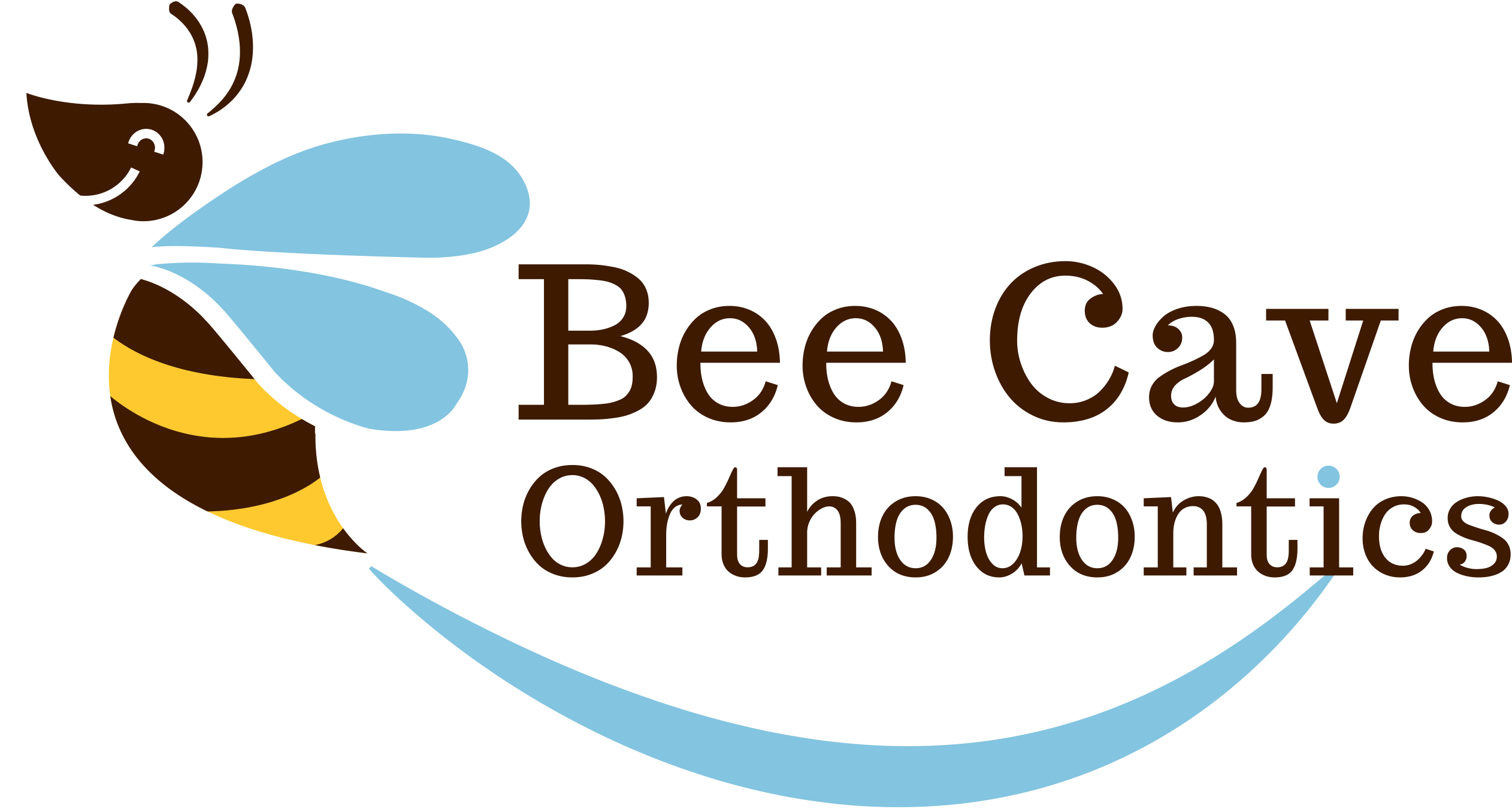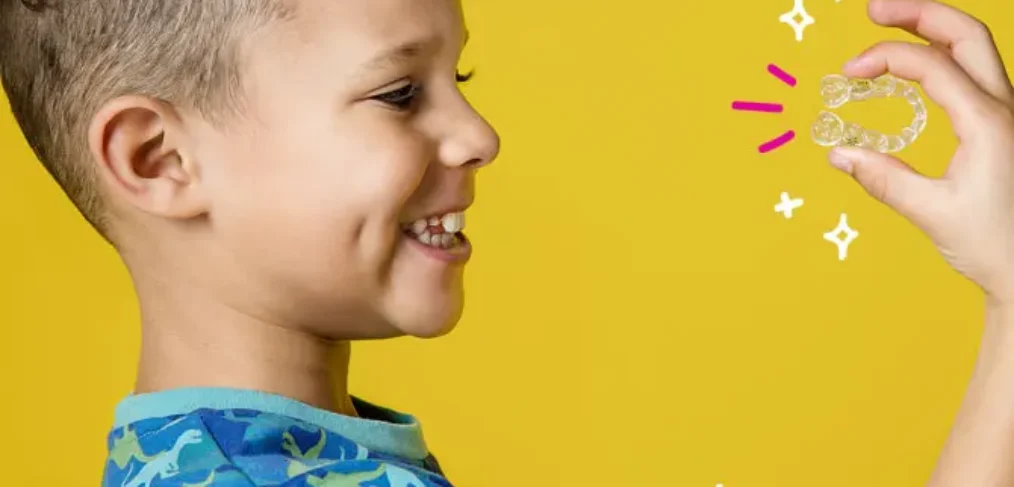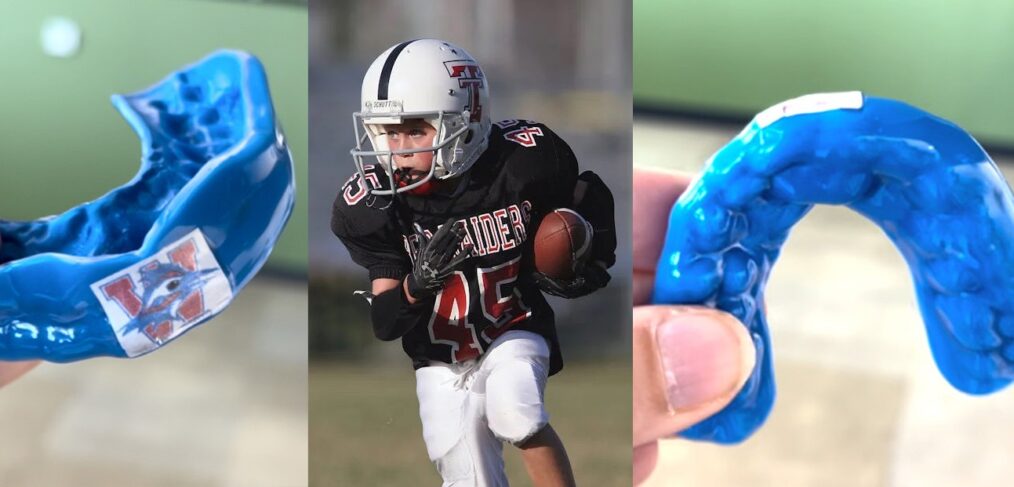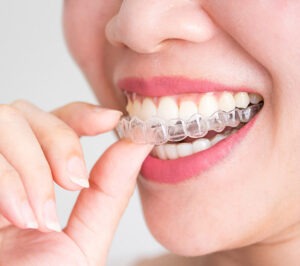Discover 5 dentist-approved snack ideas that boost kids’ dental health! Learn how nutrition plays a key role in cavity prevention and strong teeth – Bee Cave Orthodontics – Austin, Texas
The Role of Nutrition in Kids’ Dental Health: 5 Snack Ideas Moms Will Love
As a parent, you want your child to have a bright, healthy smile. But did you know that nutrition plays a major role in kids’ dental health? The foods your child eats can either strengthen their teeth or contribute to cavities and decay. Luckily, there are plenty of delicious, tooth-friendly snacks that both kids and moms will love!
Dr. D, one of Austin’s leading orthodontists, always emphasizes the importance of good nutrition in maintaining a strong, cavity-free smile. As an expert in pediatric orthodontics, she understands the impact of food choices on a child’s oral health and encourages parents to incorporate nutrient-rich options into their kids’ diets.
How Nutrition Affects Kids’ Dental Health
Your child’s diet influences their oral health in several key ways:
- Strengthening Tooth Enamel – Calcium-rich foods help fortify tooth enamel, protecting against decay.
- Reducing Cavity Risk – Sugary snacks and acidic drinks can erode enamel and lead to cavities.
- Promoting Healthy Gums – Foods packed with vitamins and minerals support gum health, reducing inflammation and disease.
- Stimulating Saliva Production – Crunchy fruits and veggies increase saliva flow, which naturally cleanses the mouth and neutralizes harmful bacteria.
Making smart food choices can go a long way in protecting your child’s teeth. Below, we’ll explore five dentist-approved snacks that are nutritious, tasty, and easy for busy moms to prepare.
5 Tooth-Friendly Snacks for Healthy Smiles
1. Cheese and Whole-Grain Crackers
🦷 Why it’s great for teeth: Cheese is packed with calcium and casein, a protein that strengthens tooth enamel. It also helps neutralize acids in the mouth, reducing cavity risk.
💡 Pro tip: Pair cheese with whole-grain crackers instead of refined white flour crackers, which can stick to teeth and promote decay.
2. Yogurt with Fresh Berries
🦷 Why it’s great for teeth: Yogurt is rich in probiotics, which promote healthy gums and help fight harmful bacteria. It’s also a great source of calcium and vitamin D for strong teeth.
💡 Pro tip: Choose plain, unsweetened yogurt to avoid added sugars. If your child wants extra sweetness, mix in fresh berries like strawberries or blueberries.
3. Apple Slices with Nut Butter
🦷 Why it’s great for teeth: Apples have a high water content, which helps rinse away food particles and bacteria. Their crunchy texture also stimulates saliva production, naturally cleaning the mouth.
💡 Pro tip: Pair apple slices with natural peanut or almond butter (without added sugar) for a protein boost that keeps kids full longer.
4. Carrot and Cucumber Sticks with Hummus
🦷 Why it’s great for teeth: Crunchy veggies like carrots and cucumbers help scrub plaque off teeth while providing essential vitamins like vitamin A, which strengthens enamel.
💡 Pro tip: Hummus is packed with protein and healthy fats, making it a delicious, tooth-friendly dip option.
5. Hard-Boiled Eggs with Avocado Toast
🦷 Why it’s great for teeth: Eggs contain phosphorus, an essential mineral for maintaining strong teeth, while avocados are full of healthy fats that promote gum health.
💡 Pro tip: Use whole-grain bread for the toast to avoid processed white flour, which can stick to teeth and encourage plaque buildup.
Foods to Avoid for Better Dental Health
While adding healthy snacks is a great step, it’s equally important to limit foods that can harm your child’s teeth. Here are a few common culprits:
❌ Sugary Drinks (Soda, Juice, Sports Drinks) – These beverages coat teeth in sugar, feeding harmful bacteria and increasing cavity risk.
❌ Sticky Snacks (Gummy Candy, Dried Fruit) – Sticky foods cling to teeth and can be difficult to remove, leading to decay.
❌ Refined Carbohydrates (Chips, White Bread) – These foods break down into sugars that fuel cavity-causing bacteria.
Encouraging healthier alternatives will help keep your child’s teeth strong and cavity-free.
The Expert’s Advice: Dr. D’s Approach to Nutrition and Dental Health
Dr. D frequently educates parents on the importance of nutrition in pediatric dental care. As a leading expert in orthodontics and a trusted provider in Austin, she has worked with countless families to create habits that promote healthier smiles.
Her advice? Balance is key. While the occasional treat is okay, making nutritious snacks a regular part of your child’s diet will significantly impact their oral health in the long run. She also recommends:
✔ Encouraging water over sugary drinks – Water helps wash away bacteria and neutralize acids.
✔ Practicing good oral hygiene – Brushing twice a day and flossing regularly is just as important as eating well.
✔ Scheduling regular dental check-ups – Routine visits help catch any potential issues early.
Schedule a Free Consultation Now!
Providing your child with tooth-friendly snacks is one of the best ways to ensure their dental health stays on track. With these five delicious and nutritious snack ideas, you can feel confident knowing that you’re not just feeding their appetite—you’re also protecting their smiles.
If you have concerns about your child’s oral health or are looking for expert advice on pediatric orthodontics, Dr. D is here to help! Schedule a consultation today and take the next step toward a lifetime of healthy, confident smiles.
Click here to Schedule a Free Consultation now!
Want to get to know us a little better? Check out our YouTube Videos!












